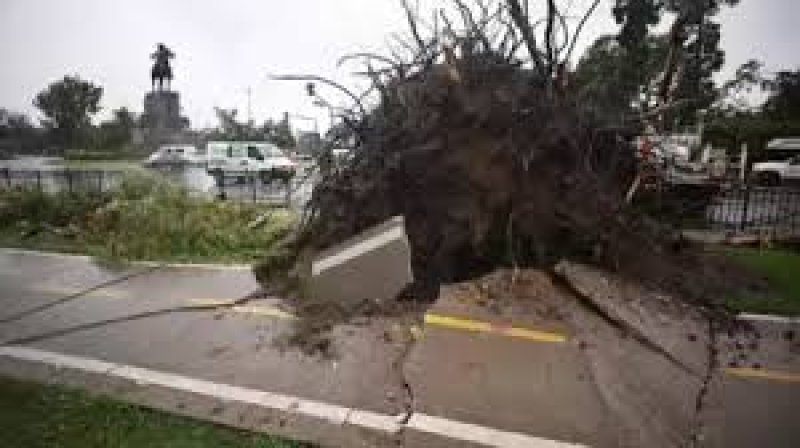- Inqilab Monch Seeks Home Adviser’s Exit |
- UN Calls for Calm in Bangladesh After Protest Leader’s Killing |
- DMP issues 7 traffic directives for Osman Hadi’s Janaza |
- Vested quarter fuelling chaos to impose new fascism: Fakhrul |
- Hadi’s namaz-e-janaza at 2:30pm Saturday |
Thousands flee as storm hits southern Philippines

(BSS/AFP) - Thousands of people in the Philippines were sheltering in evacuation centres Monday as Tropical Storm Jelawat smashed across the large southern island of Mindanao, threatening to unleash floods and landslides.
The storm, with modest sustained winds of 65 kilometres (40 miles) an hour, made landfall on Monday morning, the state weather service said.
Rescue agencies in the region said there were no immediate reports of casualties or damage, but 11,729 residents had been evacuated from Mindanao's east and north coast ahead of landfall as a precaution.
Jelawat was forecast to rake northwest across the south for the rest of the day, with the weather service warning of heavy rain especially in the mountainous interior.
"Under these conditions, flooding and rain-induced landslides are likely especially in areas that are highly or very highly susceptible to these hazards," its latest storm bulletin said.
Weather forecaster Veronica Torres added "there is a big chance" the storm would weaken into a tropical depression during the day as it traverses over land.
Shipping was disrupted on or near the storm's projected path, with 89 vessels and nearly 1,000 people either seeking shelter or stranded at ports where sailing was banned ahead of the storm, the coast guard said.
About 20 storms and typhoons hit the country or its surrounding waters per year, killing hundreds and keeping many of the areas of the country poor.
However Jelawat was only the 11th this year, so far equalling a record low set in 1998 according to weather service data.

